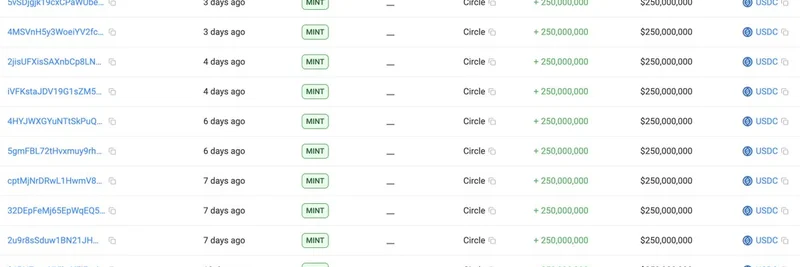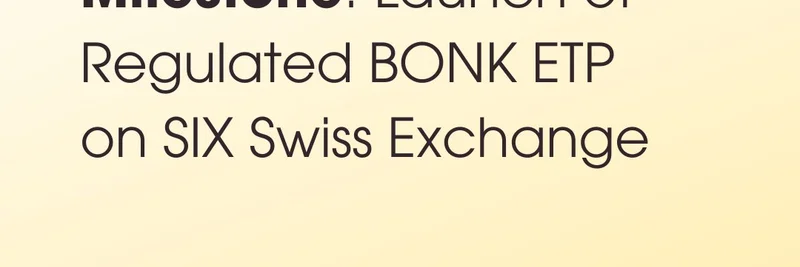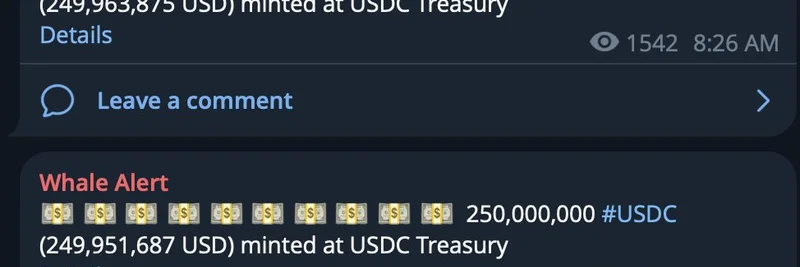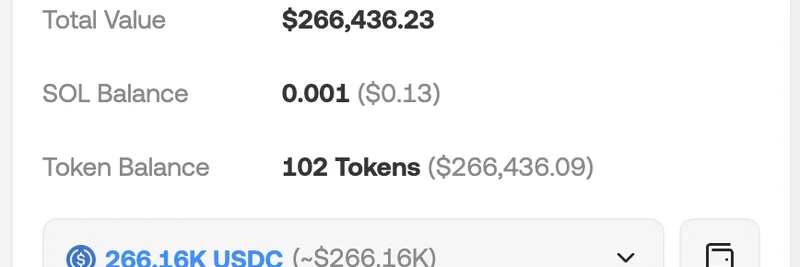In the fast-paced world of blockchain and crypto, staying ahead means understanding how big players are moving their money. Recently, on The Rollup podcast, Rahul Goyal from Gauntlet shared some eye-opening thoughts on institutional DeFi and Real World Assets (RWAs). If you're into meme tokens or just curious about where the smart money is going, this is worth a read.
What Are Institutional DeFi and RWAs?
First things first, let's break down the jargon. DeFi, short for Decentralized Finance, refers to financial services built on blockchain networks like Ethereum and Solana. Think lending, borrowing, and trading without the need for traditional banks—everything runs on smart contracts.
RWAs, or Real World Assets, take it a step further by tokenizing physical assets like real estate, stocks, or bonds onto the blockchain. This makes them easier to trade and access globally. Institutional DeFi combines these concepts for big investors, like funds and corporations, to handle massive amounts of capital securely and efficiently.
Goyal, who handles institutional partnerships at Gauntlet, a leading risk management firm in crypto, appeared on The Rollup, hosted by Andy and Robbie. The clip focuses on strategies for large Ethereum and Solana digital asset trusts (likely referring to ETFs or similar funds).
Key Insights from Rahul Goyal
Goyal emphasizes a cautious yet progressive approach to on-chain capital allocation. "I think it's a portfolio approach. You can start with kind of 5 or 10% on-chain, and build from there," he says. This means institutions aren't diving in headfirst but gradually increasing their exposure to DeFi protocols.
One standout example he gives is BTCS, a blockchain-focused company. They've been using DeFi to get leverage on their holdings. Here's how it works: They put up their ETH (Ethereum's native token) as collateral on platforms like Morpho Labs, borrow stablecoins (like USDC or USDT), and then use those to buy more ETH. The beauty? "The cost of capital is way cheaper than TradFi," Goyal notes, referring to Traditional Finance.
In simple terms, borrowing in DeFi can be more cost-effective because it's peer-to-peer, cutting out middlemen and their fees. This strategy allows funds to amplify their returns without the high costs associated with banks or brokers.
Why This Matters for Solana and Meme Tokens
Solana, known for its high-speed transactions and low fees, is a hotspot for meme tokens—those fun, community-driven cryptos that can skyrocket based on hype. With institutions adopting similar strategies on Solana, we could see more liquidity flowing into the ecosystem. Imagine big funds borrowing against their SOL holdings to invest in promising projects or even dipping into meme token liquidity pools for quick gains.
This blend of institutional money and DeFi could stabilize volatile markets while opening doors for retail investors (that's you and me) to benefit from better tools and lower barriers. Plus, as RWAs gain traction, meme creators might start tokenizing real-world memes or assets, blurring the lines between fun and finance.
The Bigger Picture in Blockchain Tech
Goyal's discussion highlights a shift: institutions are no longer just watching crypto from the sidelines. They're actively using blockchain to optimize their portfolios. For blockchain practitioners, this means keeping an eye on protocols like Morpho Labs, which specialize in optimized lending and borrowing.
If you're building or investing in meme tokens, understanding these institutional moves can give you an edge. More capital on-chain often leads to innovation, like new DeFi tools tailored for Solana's meme economy.
Check out the full clip on X for more details, and follow The Rollup for ongoing insights. As the crypto space evolves, strategies like these could redefine how we think about finance—making it more accessible and efficient for everyone.




